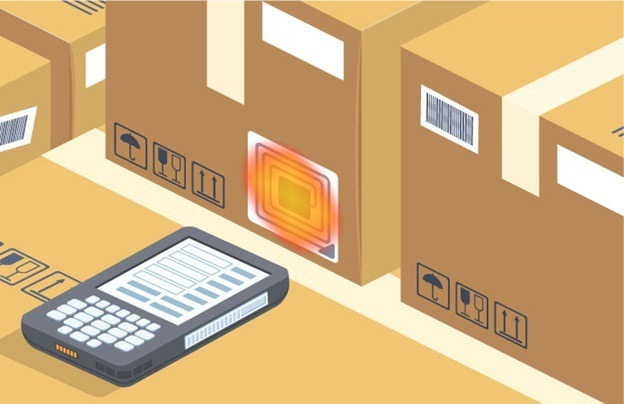Most business owners are looking for innovative ways to improve productivity and ease operations. They have found an answer in the RFID asset tracking system; that’s why the majority are making it the only solution. That’s why RFID technology is gaining popularity fast. With the RFID technology, you can keep track of your assets efficiently and cost-effectively.
What RFID Asset Tracking
RFID means Radio Frequency Identification, a system tag to keep track of assets in a business. They are usually small, and they contain a chip and an antenna. The chip’s function is to store the information while the antenna emits radio signals that the RFID reader reads.
Companies have highly valued assets; asset tracking is crucial to ensure the assets are correctly accounted for and managed. With an RFID asset tracking system, you will have real-time visibility of your help and know if they are working or idle. You can track assets like employees, equipment, and vehicles.
The RFID tracking system uses electromagnetic fields to passes data from the tag to the RFID reader. It provides accurate real-time tracking information for assets in mobility or fixed assets.
Different types of RFID tags
The RFID tags come in two categories that are active and passive, and you choose them depending on what you want them for
Active Tags
Active tags are larger and more costly than passive tags. They read longer ranges up to 100m. Unfortunately, they have a limited lifespan compared to passive tags.
The active RFID tags come in two types: beacons and transponders. The transponder efficiently conserves battery life since it wakes up after receiving a radio signal from the reader. The beacons emit signals according to a preset interval.
Passive Tags
These tags don’t have their own power; they are powered by RFID energy transferred from RFID antennas or readers. They are cost-effective and efficient so that you can use them in a broader range of equipment, unlike active tags.
Ways of Selecting the Best RFID Tag
Unlike in the past, you can access a wider variety of tags that can work even in harsh and different environments such as metal assets, extreme temperatures, or wet environments.
Here are factors to consider when going for RFID tags:
- Workplace environment.
- Data requirement
- Items to get tagged
Ways RFID Asset Tracking can be Helpful in your Company
RFID asset tracking can be handy for your company; here are the tips:
Improve Asset Utilization
RFID asset tracking systems can help you track and monitor your assets and their location and if they are in use. You will use the information to ensure you utilize your assets efficiently.
Reduce Operational Cost
Every business owner looks for a way to reduce operational costs. Using an RFID asset tracker will help you reduce costs in different ways like:
- Save price for manual asset tracking
- Reduction in labor cost
- Increase efficiency in the workplace
- Help your company avoid loss due to theft or lost
Enhance Customer Service
What are RFID tags used for if not to enhance customer service? When you have real-time visibility into the assets’ location, you can quickly locate what your client is looking for. Moreover, you can use RFID asset tracking to avoid going out of stock. You can also use the RFID asset to ensure you are always stocked with what your customers prefer.
Increase Security
You can have an easy time knowing that RFID asset tracking can help you improve the security of your company’s assets. The real-time visibility of your assets’ location will help you quickly identify them, and you can take steps to get them back when they go missing. You can also use the RFID tags to monitor where your assets are taken and if they are taken with your authorization.
Collect Real-time Data
Collecting real-time data will be easier and more accurate. You can use the data collected by the RFID system to scale business operations and make better decisions on where to improve or allocate additional resources. More so, you can use the data to learn about your customers’ shopping patterns and develop a way to show them appreciation.
Conclusion
Choosing the right RFID system for your business comes with different considerations. First, check your locations and operations; then, you will get an idea of the RFID capabilities. You can choose from passive to active RFID. Once you use the tracking system, you will enjoy its immense benefits like tracking your assets, collecting real-time data, and enhancing customer care, which will help you scale revenues in your business.
The RFID systems are pocket friendly, and you do not need to be a technician to operate them. It will reduce the production cost and improve your asset’s safety. You can use the RFID system in harsh conditions like wet or hot temperatures.

